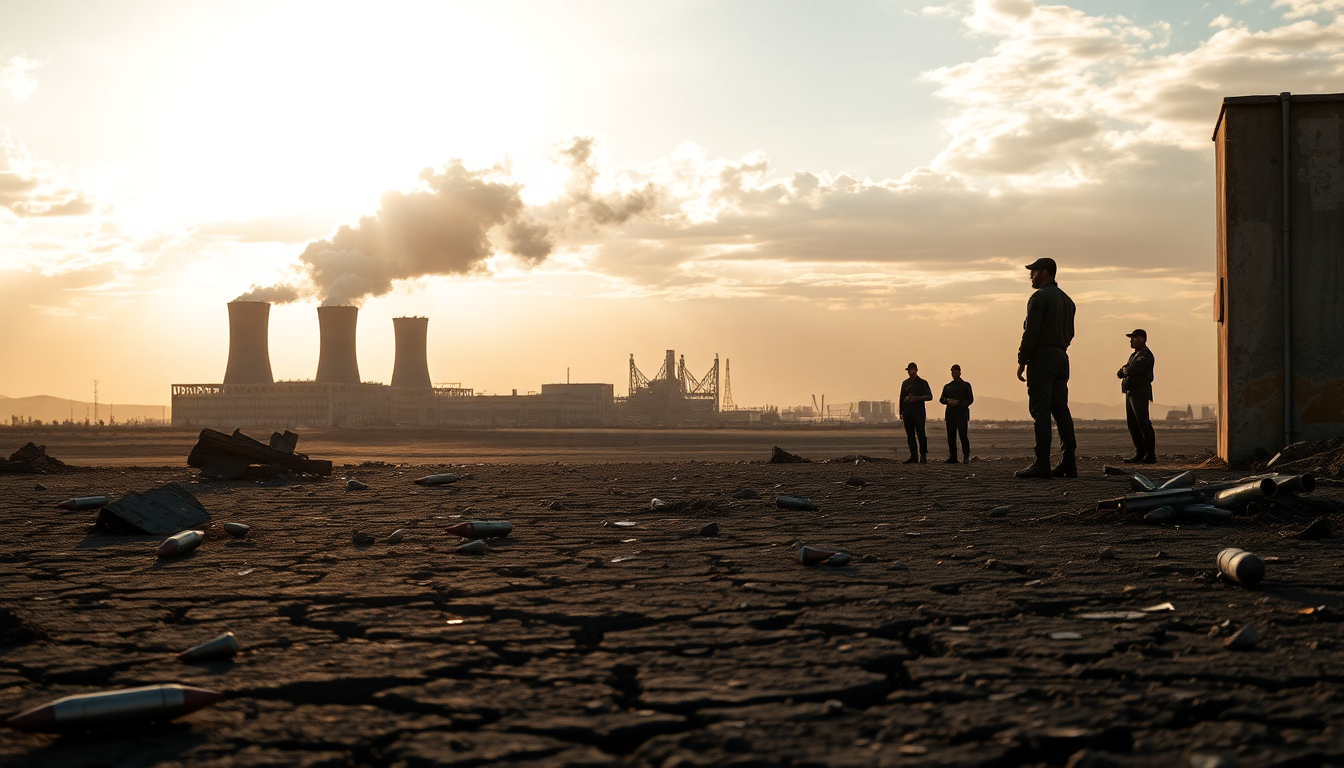Table of Contents
The recent air strikes by the US against Iran’s nuclear facilities have ignited a lively debate about what this means for regional security and the threat of nuclear proliferation. As we unpack this situation, it’s crucial to consider the effectiveness of these strikes, the responses from those involved, and what this all means for international relations moving forward.
Overview of the Air Strikes
At a NATO summit in The Hague, President Donald Trump confidently declared that the military operations targeting Iran’s nuclear enrichment sites were a complete success, claiming they effectively obliterated the facilities. This statement came amid media reports suggesting that the strikes only partially damaged the sites and that enriched uranium was removed rather than destroyed.
To Trump, such claims are nothing more than ‘fake news.’ But how much truth lies behind these assertions?
Trump emphasized that this air strike was a ‘massive’ precision operation, showcasing the unparalleled capabilities of the US military to execute such complex maneuvers.
He claimed this operation has dramatically shifted the trajectory of US-Iran relations, leading to what he termed a ‘historic’ ceasefire agreement. But does this really signal a turning point, or is it just another chapter in an ongoing saga of military engagement?
Reactions and Consequences
After the air strikes, Trump labeled the Israeli-Iranian conflict a ’12-day war,’ asserting that it has now come to a close. He expressed confidence that the damage caused would prevent any future hostilities between these nations. Yet, many analysts view this optimistic perspective with skepticism, given the unpredictable nature of Middle Eastern politics.
Can we really put a definitive end to such long-standing conflicts with military actions?
Moreover, Trump’s assertion of reasserting American deterrence opens up vital discussions about the future of US credibility on the global stage. While he claims NATO allies have endorsed the success of this military operation, the actual situation on the ground might tell a different story.
Reports indicate that Iran’s nuclear development program continues with minimal constraints, suggesting that military actions alone may not be enough to tackle the deeper issues at play.
Implications for Future Geopolitical Relations
The long-term effects of these air strikes on US-Iran relations and the stability of the Middle East are significant. The current administration’s approach might indicate a shift toward a more aggressive military stance, which could escalate tensions instead of easing them. History shows us that military interventions often lead to unintended consequences, possibly destabilizing regions even further. Are we ready to confront the potential fallout?
Additionally, how Iran and other regional powers react will be crucial in shaping future interactions. Diplomatic efforts, sanctions, and strategic alliances will be key in either defusing or inflaming tensions. The international community needs to stay alert as this situation evolves, understanding that the dynamics of power in the Middle East are complex and constantly shifting. What strategies can the global community employ to foster stability?
Conclusion and Future Outlook
In conclusion, while the Trump administration has framed the US air strikes against Iran’s nuclear facilities as a decisive victory, the reality of their implications is likely to be more complex. As stakeholders navigate this intricate landscape, we must focus on diplomatic solutions that tackle the root causes of conflict rather than simply relying on military force. The coming months will be pivotal—will this military action pave the way for lasting peace, or will it deepen existing hostilities? Only time will tell.





